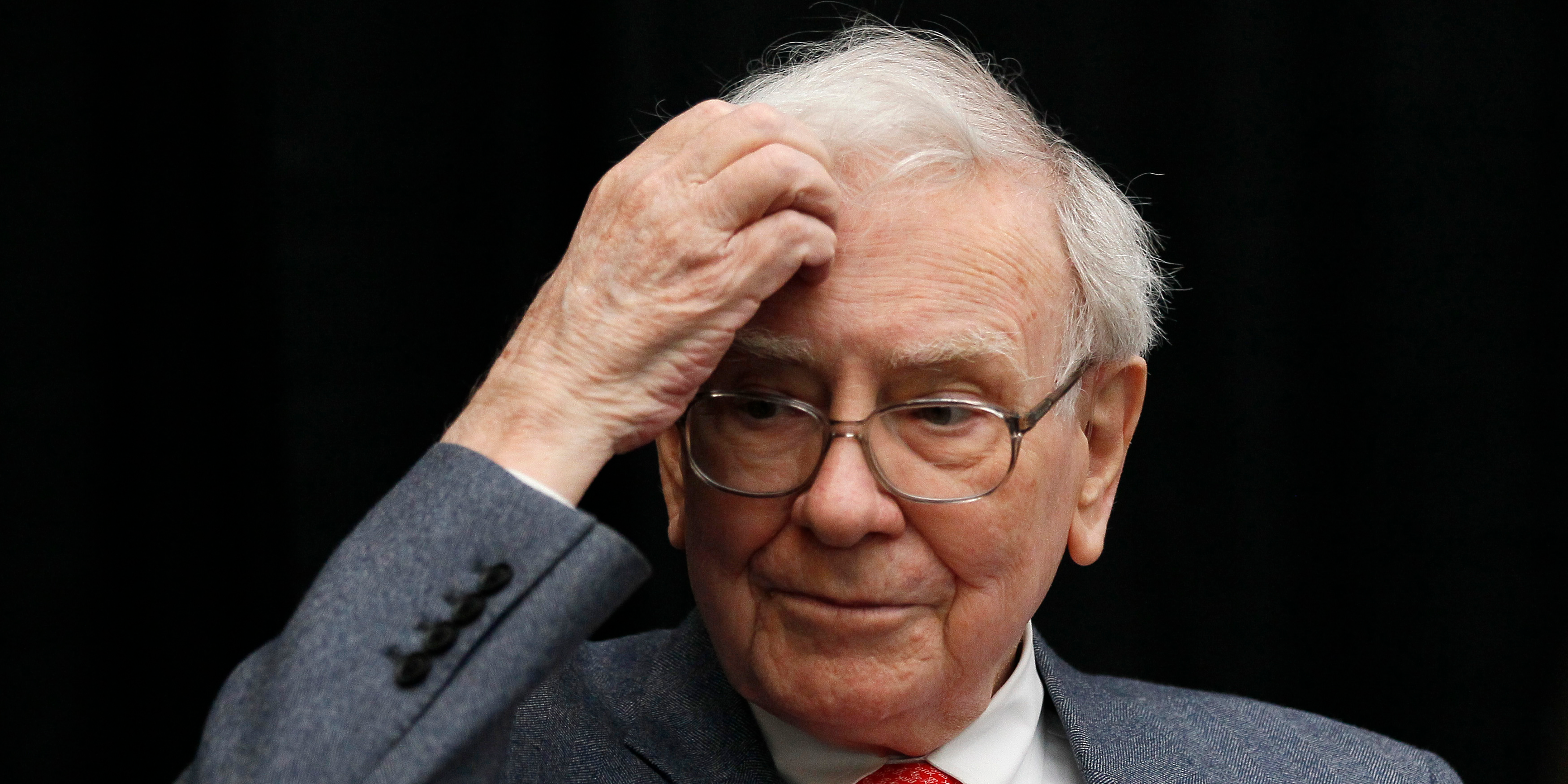
REUTERS/Rick Wilking
- Warren Buffett’s preferred market gauge is nearing a new high, indicating stocks are overvalued and could tumble in the coming months.
- The “Buffett indicator” takes the total market capitalization of a country’s stocks and divides it by quarterly GDP in order to compare the stock market’s valuation to the size of the economy.
- The current reading of 170% signals “a record disconnect between asset prices vis a vis the economy,” Sven Henrich, the founder of NorthmanTrader, a market-analysis website, tweeted on Thursday.
- “Investors ought to exercise a great deal of caution towards equities as an asset class,” the investor and market commentator Jesse Felder said in a Wednesday blog post.
- Visit Business Insider’s homepage for more stories.
Warren Buffett’s favorite market indicator is approaching a record high, signaling stocks are overvalued and could slump soon.
The “Buffett indicator” divides the combined market capitalization of a country’s publicly traded stocks by its quarterly gross domestic product. Investors use it as a rough gauge of the stock market’s valuation relative to the size of the economy.
The Wilshire 5000 Total Market Index was worth about $36.1 trillion as of Thursday’s close, while an advance estimate suggests US GDP rallied to $21.2 trillion in the third quarter. Using those figures, the Buffett indicator stands at about 170%, close to its all-time high.
“The stock market has never been as expensive as it is today, largely the product of soaring valuations amid deteriorating fundamentals,” Jesse Felder, a money manager and the founder of The Felder Report, said in a Wednesday blog post.
"Not only does this mean that forward returns will likely be exceptionally poor, it means that downside risk has also never been greater than it is today," he continued.
The Buffett indicator reading combined with extreme levels of margin debt and flagging market momentum "paint a picture of an extremely overvalued stock market, driven by a speculative euphoria even while the price trend is running out of steam," he said.
"Investors ought to exercise a great deal of caution towards equities as an asset class," Felder added.
Sven Henrich, the founder of NorthmanTrader, a market-analysis website, echoed Felder's comments in a Thursday tweet, saying the Buffett indicator reading showed "a record disconnect between asset prices vis a vis the economy."
Warning signs
Buffett praised his namesake gauge in a Fortune magazine article nearly 19 years ago as "probably the best single measure of where valuations stand at any given moment."
The billionaire investor and Berkshire Hathaway CEO added that the ratio's spiking to a record high during the dot-com boom "should have been a very strong warning signal" of an impending crash.
The Buffett indicator does have its flaws. For example, it compares current market capitalizations to the previous quarter's GDP, US-listed companies don't necessarily contribute to the American economy, and GDP doesn't account for overseas income.
But the metric has a track record of predicting downturns. It soared before the dot-com bubble burst and surged in the months leading up to the 2008 financial crisis.
This is the St. Louis Fed's version of the Buffett indicator (both market cap and GDP are indexed to the fourth quarter of 2007):


